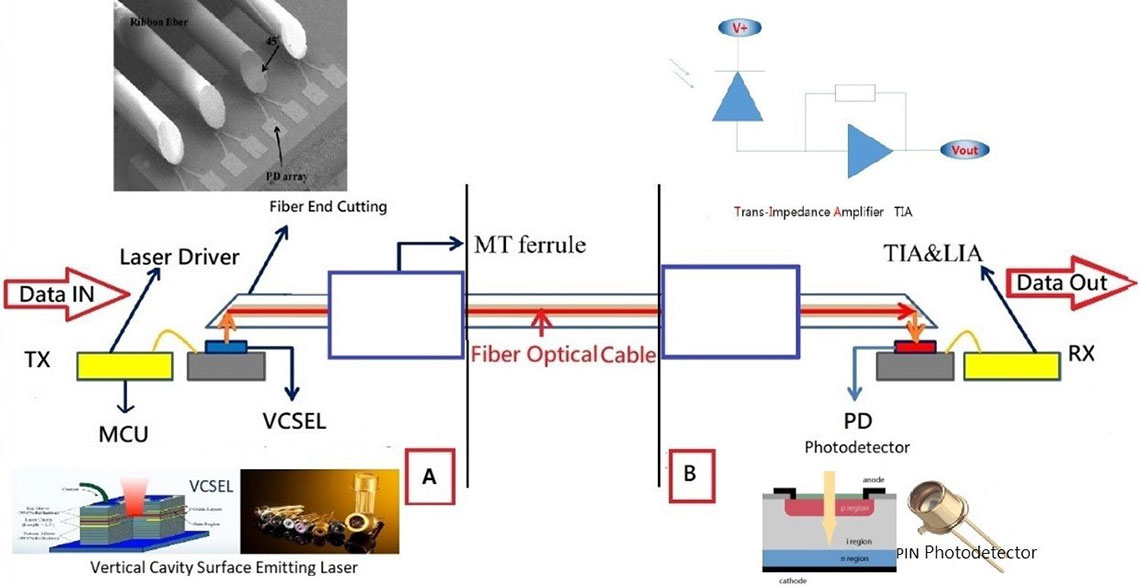The old days of using copper cables are now obsolete tech! They are being replaced by fibre optics which provide a much higher quality connection. This massive shift will continue to occur over the next few years. If you want to stay ahead of the curve, it’s important to understand the significance of network cabling in 2022!
Network Cabling in infrastructure design:
Cabling is one of the most important aspects of any network infrastructure design. Cabling connects all of the devices on a network together and allows them to communicate. With proper cabling, a network will be able to function correctly.
Many cables can be used for networking, but the most commonly used type is the Ethernet cable. Ethernet cable comprises four twisted pairs of copper wire enclosed in a plastic jacket. The four pairs of lines transmit data between devices at speeds of up to 10 Gigabits per second (Gbps).
Network cabling is typically installed in a star topology, which means that each device on the network is connected to a central hub or switch. The hub or switch then distributes the data to all the other network devices. This topology is very efficient and scalable, making it ideal for large networks.
The importance of proper network cabling cannot be overstated. Cables are the backbone of any network and must be installed correctly to ensure optimal performance.
Factors to consider when considering network Cabling for your business?
There are many factors to consider when choosing network cabling for your business. The cable type, length of the cable run, the number of devices to be connected, and the environment in which the cable will be installed are all important factors to consider.
The type of cable you choose will be based on the needs of your network. Ethernet cables are the most common type of network cable and come in various sizes and lengths. If you have an extensive network or need to connect multiple devices, you may need to use fibre optic cables.
The length of the cable run is another important factor to consider. The longer the cable run, the more likely signal loss will occur. To avoid signal loss, you may need to use amplifiers or repeaters.
The number of devices connected to the network is also important in choosing network cabling. You may need to use multiple cables or invest in a more robust networking system if you have many devices.
Conclusion:
Finally, you need to consider the environment in which the cable will be installed. Network cables can be susceptible to water, heat, or physical movement damage. If you plan to install cables in an outdoor or industrial environment, choose lines designed for that purpose. Reach out to team Black box now to get assistance on network cabling!











